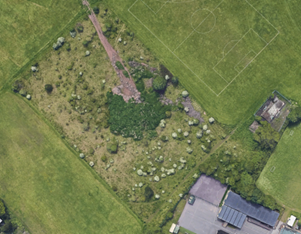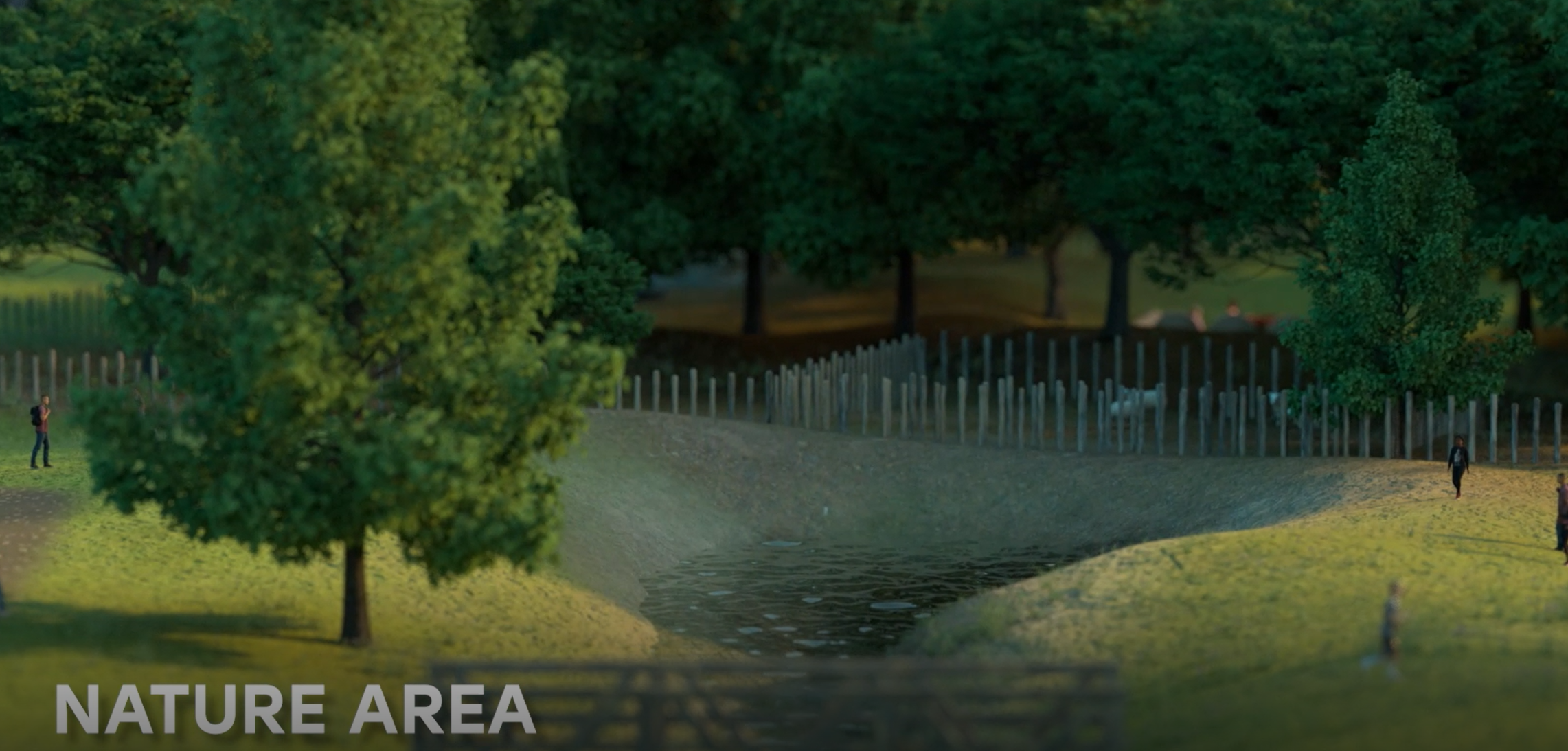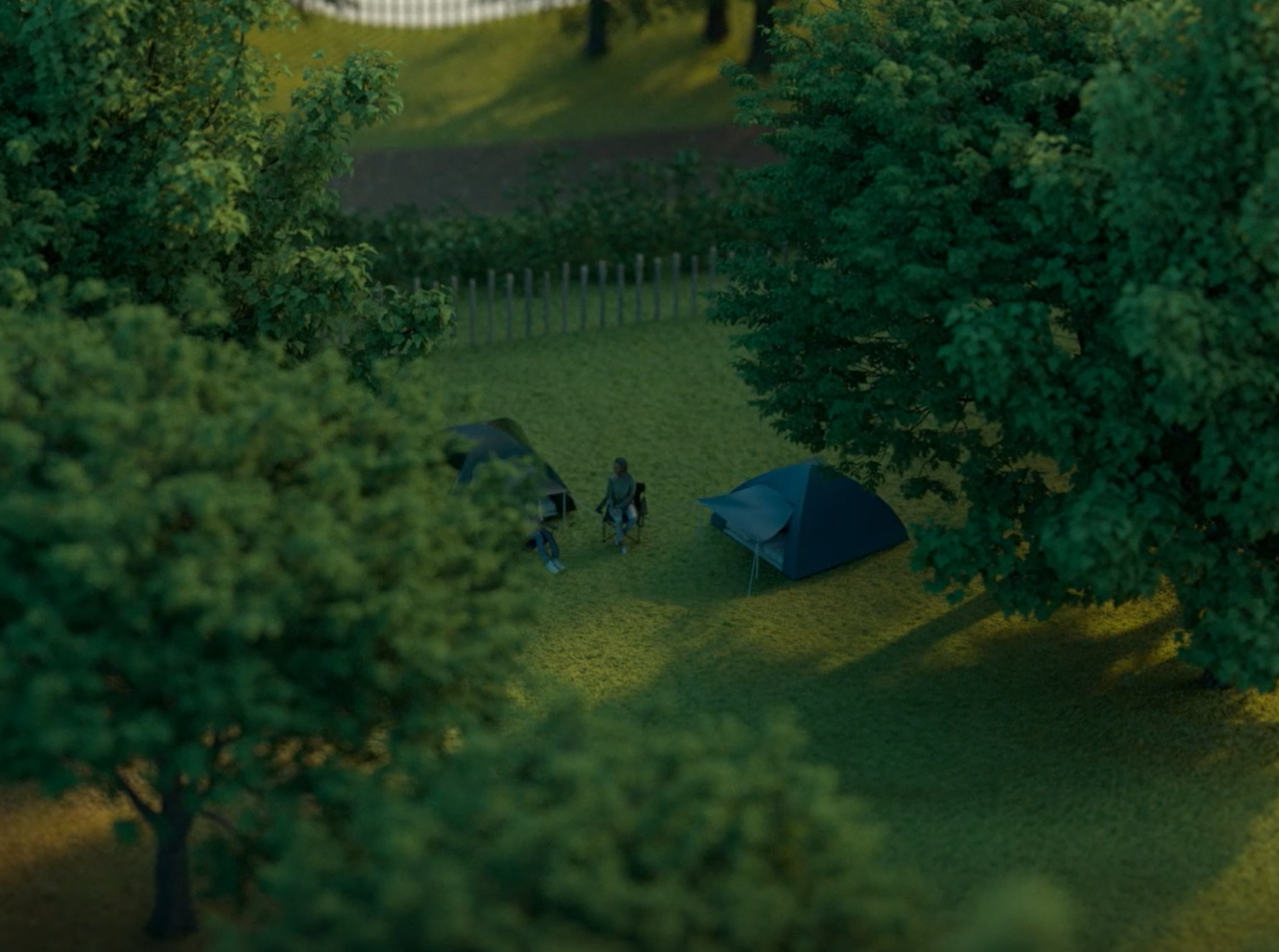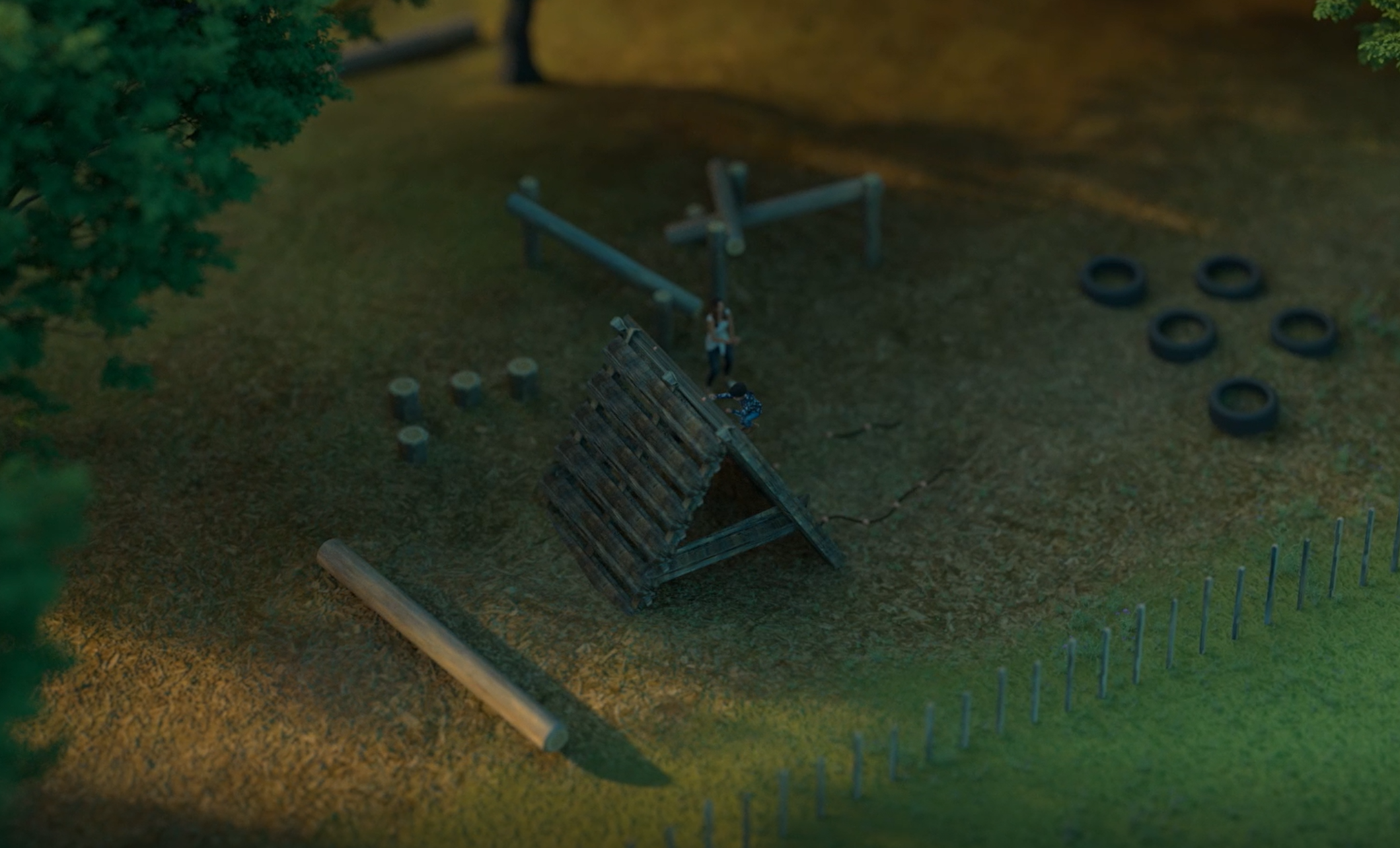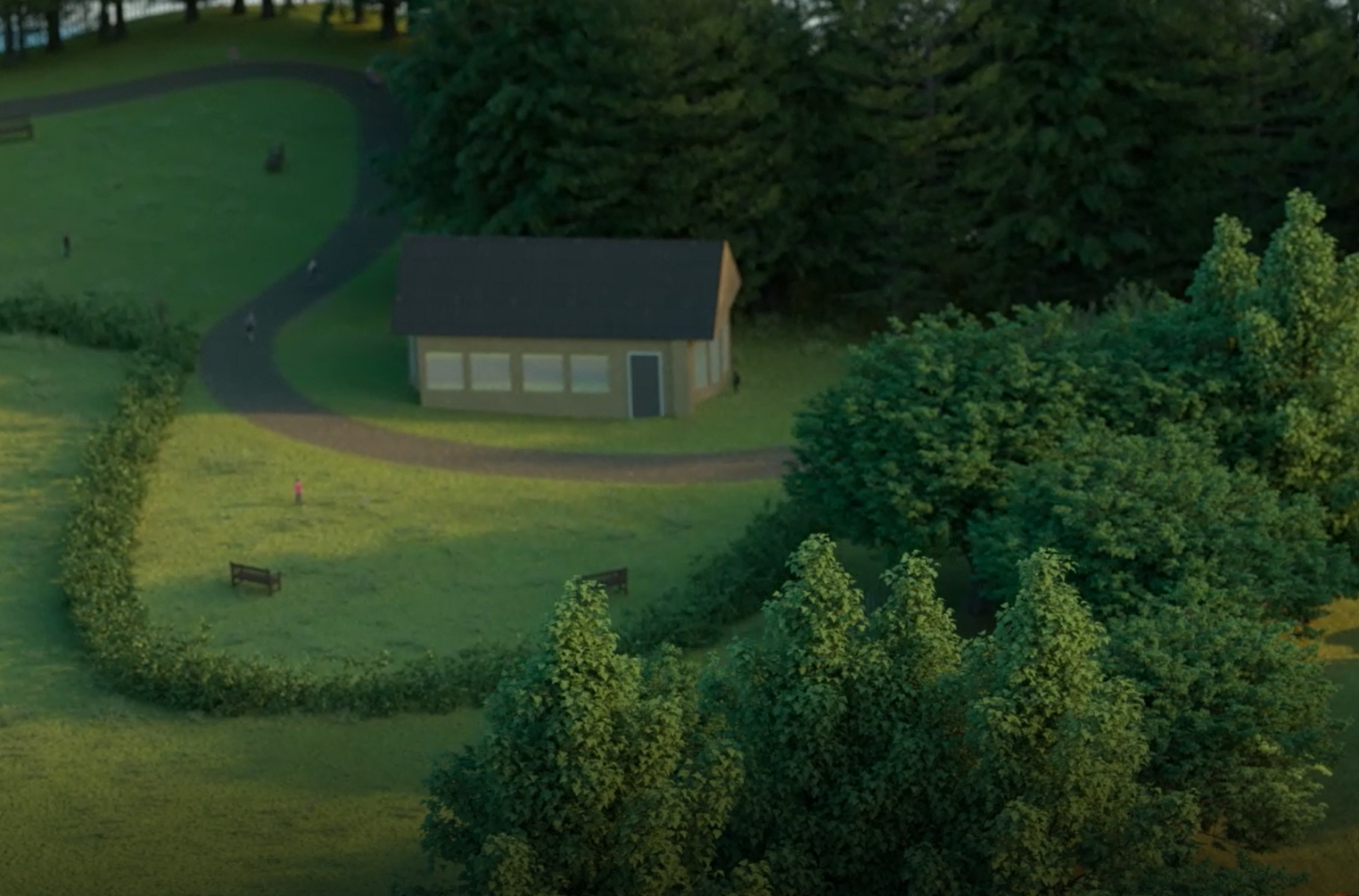In the centre of Spring Lane Playing Fields sits 4 acres of self-seeded, developing woodland. Nature has done a superb job of introducing a wide variety of native species of trees and shrubs, forming a natural habitat for a range of animals and birds.
Currently foxes, muntjac deer, hedgehogs and many types birds can all be seen around the site. There is a selection of trees and bushes that are particularly attractive to bees, helping boost the dwindling bee population in the area.


